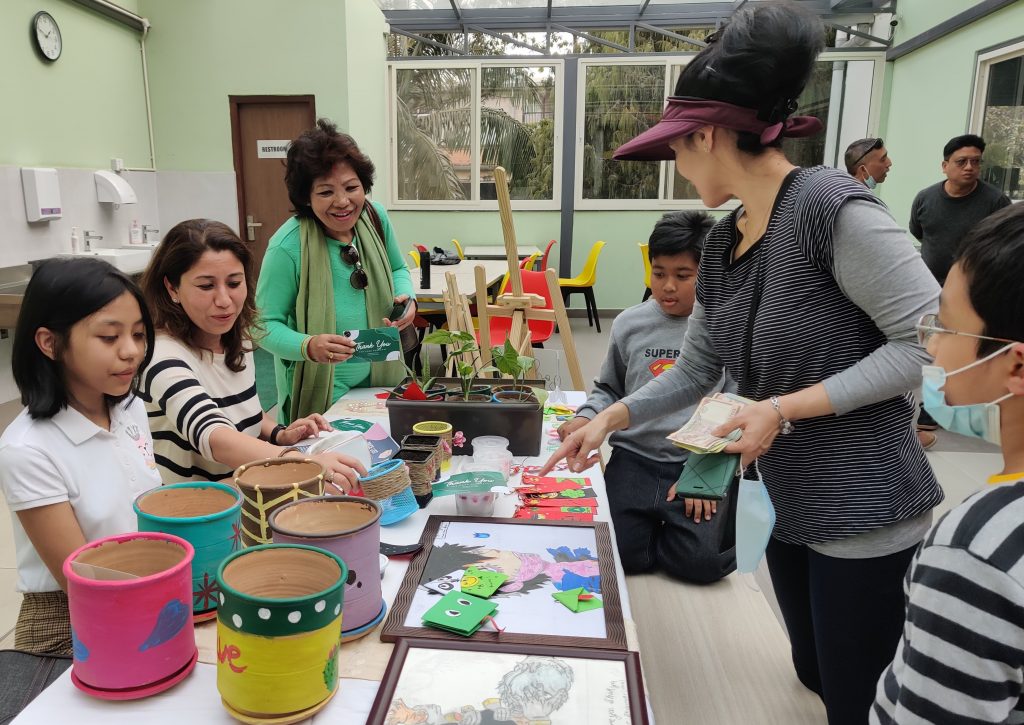Warm greetings. My name is Shaswot, a dedicated 11th-grade science enthusiast at Kathmandu Model Secondary School, Kathmandu Nepal. My journey in academia, from Little Angels’ School to my current institution, has been marked by a fervent passion for editorial pursuits and a commitment to societal betterment.
My endeavours range from organising an impactful hackathon for social impact and advising the #COVIDUNDER19 initiative, to innovating practical solutions for everyday challenges, such as designing an automatic valve to curtail water wastage and preparing to delve into detailed research about arsenic levels (The hidden cancer-causing element) and thermal variations in our local groundwater.
Amidst these ventures, I have encountered a troubling reality within Nepal’s educational framework. Despite progressive strides, there exists a chasm where the essence of quality education should reside. It’s disconcerting to observe peers grappling with the basic spelling of “environment” and struggling to solve the equation “x+1=2”.
When all it means is: what added to 1 becomes 2? Every child would exclaim with a 1, and certainly, a 9th grader will know that as well, but our system did not teach them the meaning of that equation, rather it gave them steps to memorise for how to solve such types of problems, which are indeed the symptoms of a system favouring quantity over quality.
Need to transform the system
Our system has not taught them the meaning behind expressions and statements; instead, it has handed them a set of steps to memorise, much like a cook who follows a recipe without understanding the flavours of the ingredients.
The academic landscape in Nepal also grapples with infrastructural inadequacies and a scarcity of resources, particularly in remote regions. This scarcity impairs the cultivation of critical thinking and analytical prowess among our youth.
Education stands as the cornerstone of societal advancement, equipping individuals with the acumen to propel our nation forward. Yet, the current lack of quality education poses a formidable obstacle. The absence of foundational logical reasoning and mathematical acuity among students is a glaring testament to this issue.
In response, I advocate for the adoption of Contextualised Instruction (CI)—a pedagogical approach that immerses students in a learning process enriched by their personal experiences and insights. Empirical evidence from Loyola High School in Don Carlos, Bukidnon, corroborates the efficacy of CI in honing problem-solving skills.
Moreover, the integration of collaborative problem-solving within classrooms has been shown to significantly bolster students’ attitudes towards learning.
Equip educators

To effectively integrate Contextualised Instruction (CI) into Nepal’s education system, the government can initiate a two-pronged approach. Firstly, it should focus on teacher training. This involves equipping educators with the skills to create lesson plans that connect theoretical concepts to students’ everyday experiences.
For instance, a math teacher could use local market transactions to explain basic arithmetic, or a science teacher might use the local ecosystem to teach biological processes. This hands-on, relatable approach can make learning more engaging and meaningful, fostering a deeper understanding of the subject matter.
Secondly, the government should invest in curriculum development that supports CI. This means designing educational materials that reflect the local context and culture, making learning more relevant to students’ lives.
It also involves updating assessment methods to evaluate not just rote memorisation but the ability to apply knowledge in practical situations. By doing so, students can develop critical thinking and problem-solving skills that are essential for their future careers and personal growth.
We should envision an educational paradigm where students are not just memorising quadratic equations but are comprehending their derivations. Such an approach could only potentially lead to other such discoveries, like unravelling the mysteries of cubic equations.
It is about fostering a profound comprehension of subjects that nurtures logical thought and intuitive understanding. The absence of foundational logical reasoning and mathematical acuity among students today is a glaring testament to this issue, akin to a builder attempting to construct a house on a shaky foundation.
This correspondence is a loud and clear call to our esteemed officials. As the builders of tomorrow, we shoulder a collective duty to ensure that every learner is bestowed with exemplary education. Let’s work together to improve our education system and create a bright future for all.
I extend my heartfelt gratitude for considering my perspective. May this message resonate and catalyse the pivotal discourse it seeks to inspire.
The post What does x+1=2 mean? A student’s appeal for quality learning in Nepal appeared first on OnlineKhabar English News.
Comments
Post a Comment